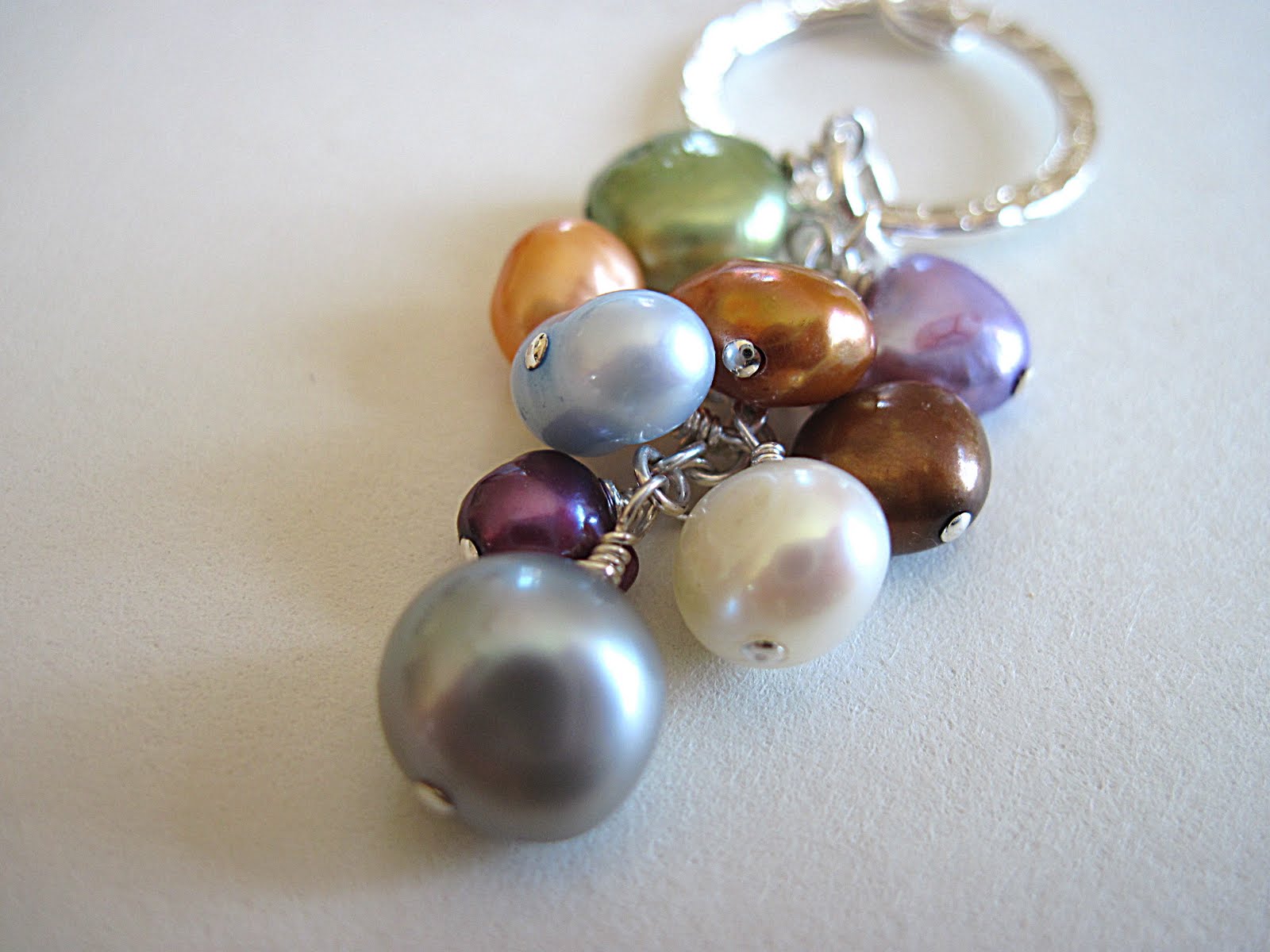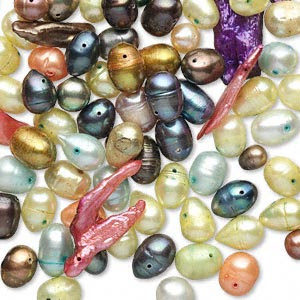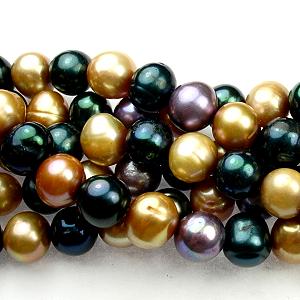Cultured pearls in freshwater are produced from China. Even in recent years, China is producing freshwater pearls and abundant pearl depress prices in the market. Previous freshwater pearls produced is not so shiny and round in shape, but it is also not in line with technological developments and the shape freshwater pearl luster of pearls produced by sea water pearl mussels increasingly difficult to distinguish. However, in general, freshwater pearl prices still tend to be more expensive than sea water pearls.



Freshwater cultured pearls have a difference in the process of grafting. At sea pearl oysters, pearls would come from the core is inserted with a piece of mantle tissue (soft shell pearl organs) or called saibo where saibo will form a pearl sac (pearl sac) that wraps the core and eventually formed nacre (read: how pearls produced? ). While freshwater pearl is formed only through a saibo without a nucleus. Recently, in Japan, while piloted the use of the core of Akoya pearl nacre. Not as in sea water pearl mussels’ saibo where the core and put in the gonads, the freshwater pearl shell, and pearl saibo as would be inserted between the mantle and the shell.



Even more than 20 saibo are inserted, this allows pearl oysters produce pearls that much in one production. Old farming freshwater mussels from 3 to 5 years, longer than sea water cultured pearl oysters are only up to 2 years. Freshwater pearls are generally produced by Hyriopsis Schlegeli, H. cumingii, Margaritifera margaritifera and Anadonta plicata. Uniquely shells is not classified as a mussel shell pearl oyster as in sea water. Color pearls produced varied: silver, pink, yellow, pink, blue, peacock green, purple, reddish purple and black. Size really does matter! The similarity with the result is the larger the pearl, the more expensive they are.



Freshwater cultured pearls have a difference in the process of grafting. At sea pearl oysters, pearls would come from the core is inserted with a piece of mantle tissue (soft shell pearl organs) or called saibo where saibo will form a pearl sac (pearl sac) that wraps the core and eventually formed nacre (read: how pearls produced? ). While freshwater pearl is formed only through a saibo without a nucleus. Recently, in Japan, while piloted the use of the core of Akoya pearl nacre. Not as in sea water pearl mussels’ saibo where the core and put in the gonads, the freshwater pearl shell, and pearl saibo as would be inserted between the mantle and the shell.



Even more than 20 saibo are inserted, this allows pearl oysters produce pearls that much in one production. Old farming freshwater mussels from 3 to 5 years, longer than sea water cultured pearl oysters are only up to 2 years. Freshwater pearls are generally produced by Hyriopsis Schlegeli, H. cumingii, Margaritifera margaritifera and Anadonta plicata. Uniquely shells is not classified as a mussel shell pearl oyster as in sea water. Color pearls produced varied: silver, pink, yellow, pink, blue, peacock green, purple, reddish purple and black. Size really does matter! The similarity with the result is the larger the pearl, the more expensive they are.






